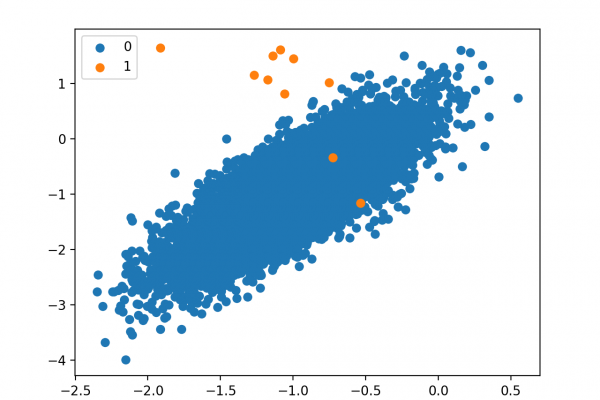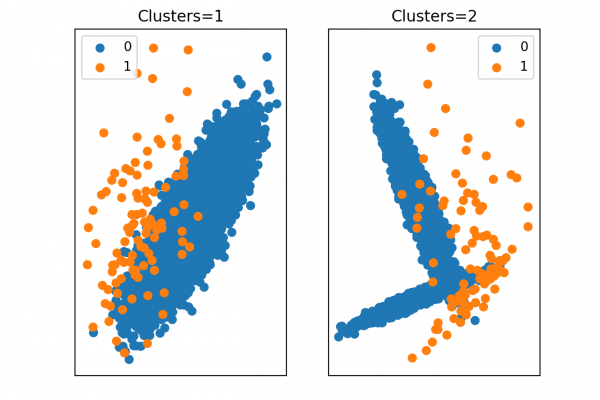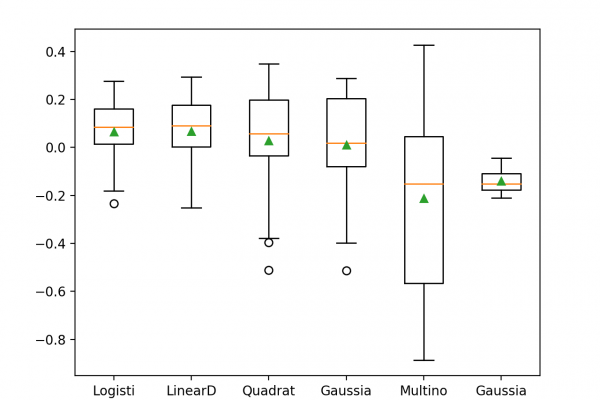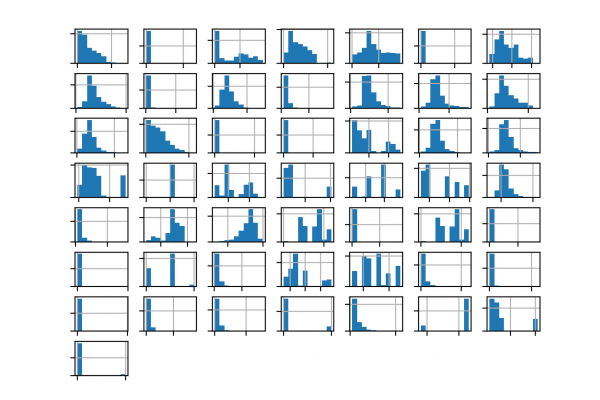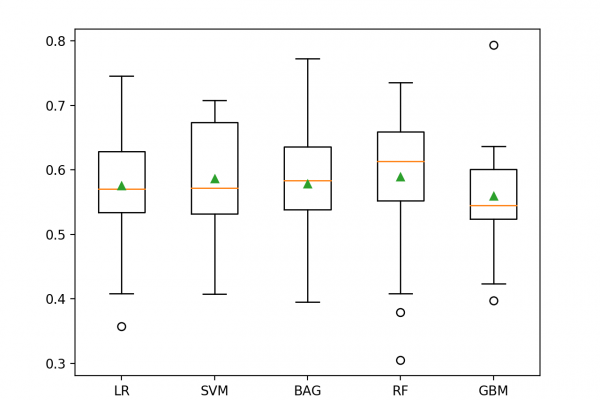Cost-Sensitive Learning for Imbalanced Classification
Most machine learning algorithms assume that all misclassification errors made by a model are equal. This is often not the case for imbalanced classification problems where missing a positive or minority class case is worse than incorrectly classifying an example from the negative or majority class. There are many real-world examples, such as detecting spam email, diagnosing a medical condition, or identifying fraud. In all of these cases, a false negative (missing a case) is worse or more costly than […]
Read more


